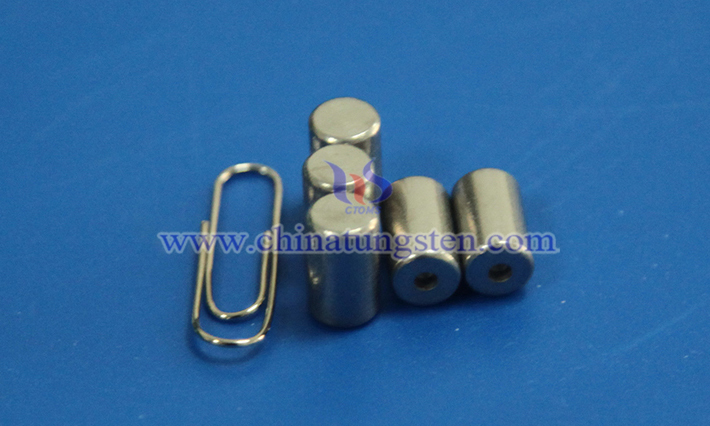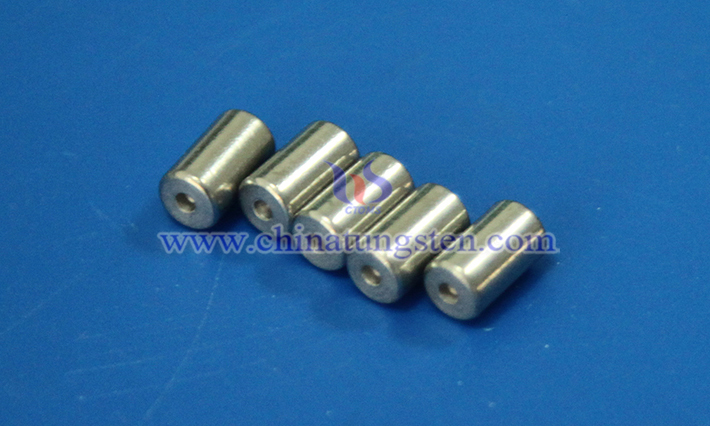Barium Tungsten Electrodes for Gas Discharge Lamps
- Details
- Category: Tungsten Information
- Published on Thursday, 24 April 2025 17:11
- Written by Zhenghua
- Hits: 304
Gas discharge lamps are lighting devices that generate light through gas discharge, widely used in fluorescent lamps, high-intensity discharge (HID) lamps (such as sodium lamps, mercury lamps, and metal halide lamps), and specialized light sources. One of their core components is the electrode, with barium tungsten electrodes frequently employed in certain gas discharge lamps due to their superior performance.

1. Composition and Characteristics of Barium Tungsten Electrodes
Barium tungsten electrodes use tungsten (W), with a high melting point (approximately 3422°C) and high strength, as the base material, impregnated with barium compounds (such as barium oxide, BaO). The tungsten base is resistant to high temperatures and corrosion, making it suitable for long-term operation in the high-temperature environment of discharge lamps. The low work function of barium compounds significantly reduces the energy required for electron emission, enhancing the electrode’s emission efficiency. This combination ensures both stability and high performance in barium tungsten electrodes.
2. Role of Barium Tungsten Electrodes in Gas Discharge Lamps
Efficient Electron Emission: When energized, barium tungsten electrodes release electrons through thermionic or field emission, ionizing the gas inside the lamp (such as argon, neon, or mercury vapor) to initiate the discharge process, producing ultraviolet or visible light. The low work function enables rapid startup and reduces preheating time.
Stable Discharge: Barium tungsten electrodes maintain stable discharge at lower voltages, reducing energy consumption and improving the operational efficiency of the lamp.
Extended Lifespan: Barium compounds effectively suppress tungsten evaporation and sputtering caused by ion bombardment at high temperatures, slowing electrode degradation and significantly extending the lamp’s lifespan.

3. Applications of Barium Tungsten Electrodes in Gas Discharge Lamps
Fluorescent Lamps: These lamps use barium tungsten electrodes to excite mercury vapor, producing ultraviolet light that stimulates phosphor coatings to emit visible light, widely used in indoor lighting.
High-Intensity Discharge (HID) Lamps: Such as metal halide lamps and high-pressure sodium lamps, which are valued for their high brightness and efficiency, making them suitable for road lighting, sports arenas, and industrial illumination.
Specialized Discharge Lamps: Including ultraviolet sterilization lamps and spectral analysis lamps used in laboratories, meeting the needs of specific applications.
- Chinatungsten Online: www.tungsten.com.cn
- CTIA GROUP LTD: en.ctia.group
- Tungsten News & Price: www.ctia.com.cn
- Molybdenum News & Price: news.molybdenum.com.cn
- Tel.: 86 592 5129696; Email: sales@chinatungsten.com





 sales@chinatungsten.com
sales@chinatungsten.com